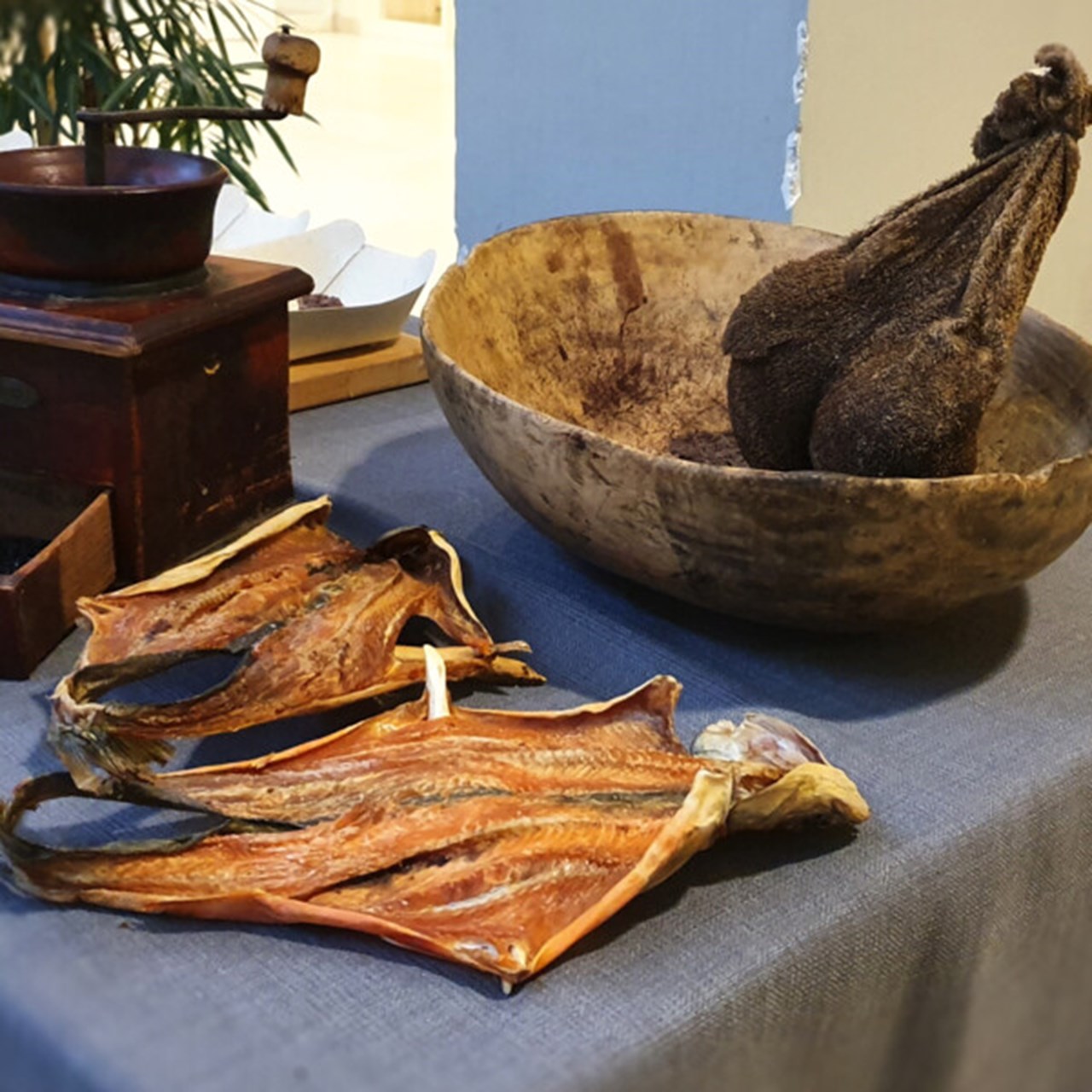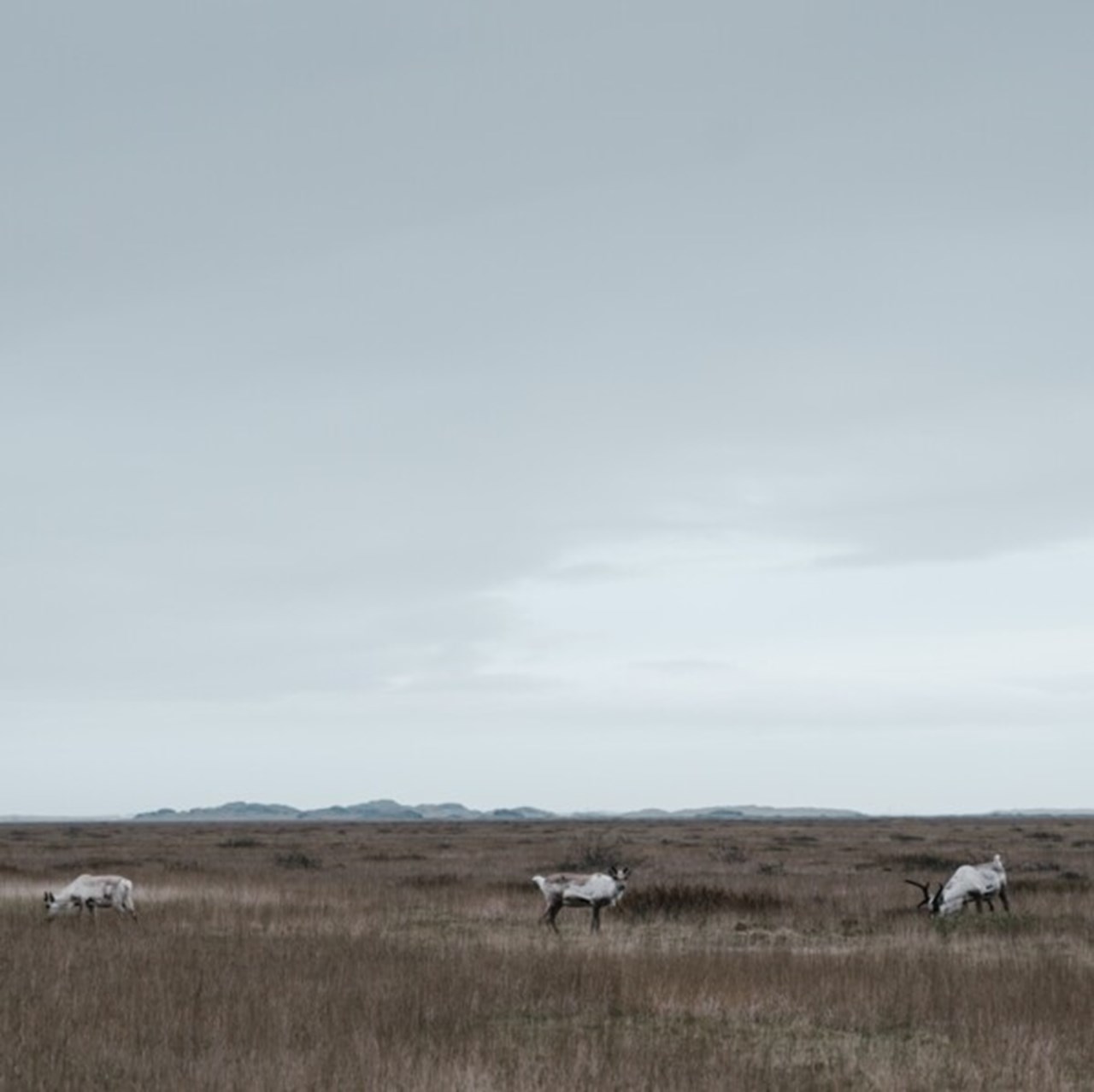
Swedish food strategy questioned in book on Arctic food security
PROFILE - If our goal is food sovereignty in the North, then we better start counting calories and nutrients! This is the opinion of researcher Lena Maria Nilsson at Arcum, the Arctic Research Center of Umeå University, who in a recently released research anthology questions Sweden's National food strategy from a Sami and Arctic perspective.





